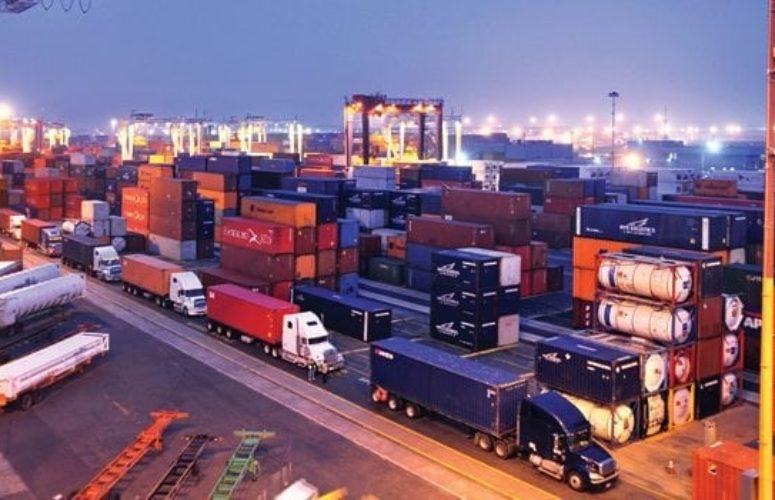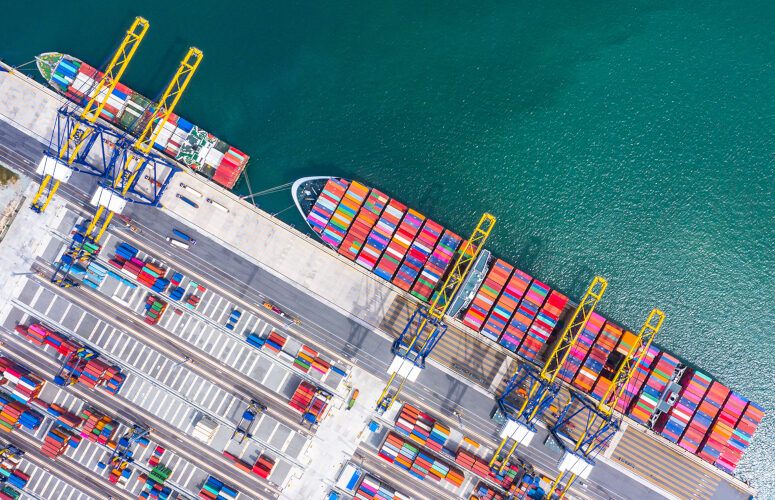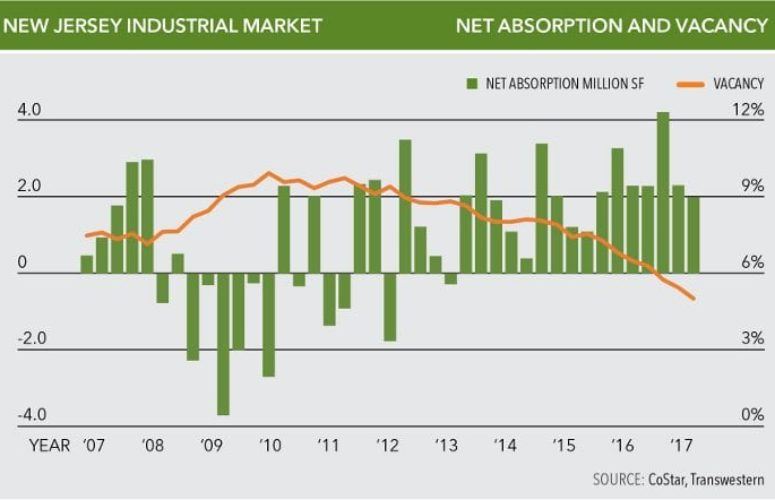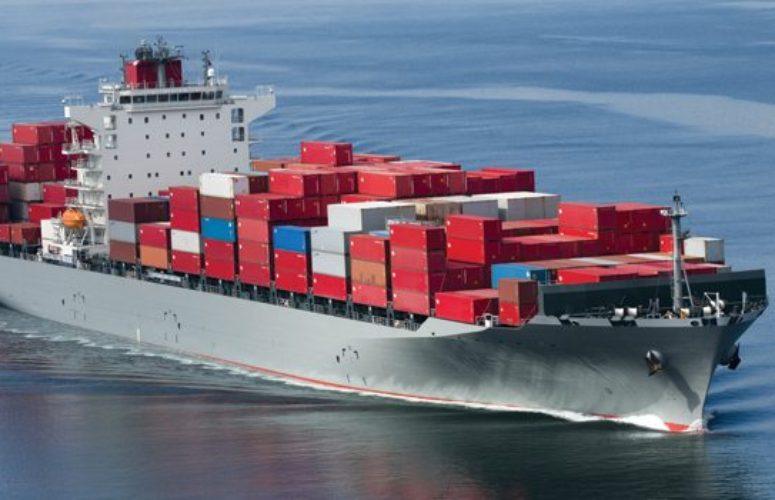
Port of NY/NJ Sets New Cargo Volume Record for 2015
On Feb 8, 2016The Port of New York and New Jersey exceeded its previous record for annual cargo volumes in 2015 by more than 10 percent, building on the jobs and economic activity the port generates for the bi-state region, the Port Authority has announced.
During the year, the port handled 6,371,720 20-foot equivalent units (TEUs) (or 3,664,013 cargo containers), an increase of 10.4 percent over 2014 when the previous annual record was established. The record volumes allowed the port to maintain its position as the busiest on the East Coast with nearly 30 percent of the total market share. Despite the increases in cargo, the Port of New York and New Jersey has experienced a 33 percent reduction in port emissions pollutants since 2006 due to environmental initiatives it has implemented.
ExpressRail, the Port Authority’s ship-to-rail system serving New York and New Jersey marine terminals, also set a new record, handling 522,244 containers, an increase of 12.2 percent over 2014, the previous best year for rail activity. The agency’s investment of more than $600 million in ExpressRail – and its upcoming plans to build a new ExpressRail facility in Greenville Yard in Jersey City – has been critical to addressing the need for on-dock rail to improve port efficiency, competitiveness and reduce emissions. The port’s rail projects – along with road and security infrastructure work at the port – are funded by portwide Cargo Facility Charges.
In 2015, the port reported a 21.5 percent increase in vehicles handled in the port – from 392,704 vehicles handled in 2014 to 477,170 handled in 2015. To attract new vehicle business to the port, the Port Authority began a targeted incentive program in 2014 to attract new automobile manufacturers and to provide incentives to existing ones to increase the port’s vehicle volumes.
The two consecutive years of record port growth have resulted in substantial increases in jobs and economic activity associated with port activity. Currently, the port generates 336,600 full-time jobs in the region, an increase of 13 percent over 2012, according to a recent study by the New York Shipping Association. The study also found that the port contributes to $21.2 billion in personal income, and nearly $53.5 billion in business income.
On the labor front, 181 new longshoremen, 44 checkers and 62 mechanics were hired in 2015 to work at port facilities, supplementing the 568 dockworkers hired in 2014 for a total of 855 new dockworkers over the last two years.
“The significant infrastructure investments we have made in our port continue to drive job growth and economic activity in the region, and have set the table for continued long-term growth,” said Port Authority Executive Director Pat Foye. “Moving forward, we will continue to work in partnership with all port stakeholders so we can efficiently and effectively handle greater volumes of cargo in the years to come.”
“We want to be the best maritime gateway in the United States, and these impressive numbers show we are making progress to achieve that goal,” said Port Authority Port Commerce Director Molly Campbell. “However, for us to efficiently handle the larger ships and cargo volumes that want to come here, we must join with our stakeholders to continue to implement strategies to improve port performance. We have made strides in this area, but clearly more must be done.
“We also need to maintain labor harmony in the port to ensure future growth, and we will work closely with the New York Shipping Association, International Longshoremen’s Association and other stakeholders to prevent a recurrence of the one-day labor walkout late last month,” Ms. Campbell said.
“The record-breaking volumes we continue to see are a great indication that intermodal commerce is thriving here at the Port of New York & New Jersey,” said Jeffrey Bader, President of the Association of Bi-State Motor Carriers. “Although there are inevitable challenges that come with such rapid and sustained growth, the motor carriers who serve the port are committed to rising to those challenges, and will continue to provide the excellent, reliable service that our customers have to come to expect, while contributing billions of dollars in local, state and federal tax revenue to the region.”
“Increasing the size of our labor force over the past two years and the associated training required to handle the growth is paying dividends,” said John Nardi, president of the New York Shipping Association. “Growing the volume allows us to keep our unit cost on a downward trajectory which makes the port more competitive.”
“The Port of New York and New Jersey played a critical role in ensuring merchandise needed by American consumers arrived on store shelves when the West Coast ports faced their issues with labor and congestion. The significant increase in cargo volumes at the port indicate the cargo shifts as a result of those issues,” said Jon Gold of the National Retail Federation. “Whether one port is slowed down by snowstorms, hurricanes or man-made causes, the ability of retailers to shift their supply chains to other ports to step in and make up the difference is vital to our nation’s economy. With expected volume increases, the port needs to continue to address ongoing congestion issues and ensure labor stability for the future.”
The 2015 increase in port activity was fueled by an 8.4 percent increase in import loaded containers, from 2,944,663 imported TEUs in 2014 to 3,214,338 TEUs in 2015.
In 2015, China remained the top import country serving the port, with 1,013,669 import TEUs. Following China is India with 196,956 import TEUs and Germany with 189,622 import TEUs. The top import commodities are furniture, apparel and clothing, and machinery parts.
There were 2,251 vessel calls in 2015, down 7.4 percent from vessel calls in 2014. The fewer vessel calls illustrate that much of the cargo coming into the port is arriving in larger ships, a trend that the port expects will continue after the Bayonne Bridge is raised. Construction on the $1.6 billion bridge project is continuing, with the overall project 44 percent complete and the navigational clearance expected to be done by the end of 2017.
Related Articles:





